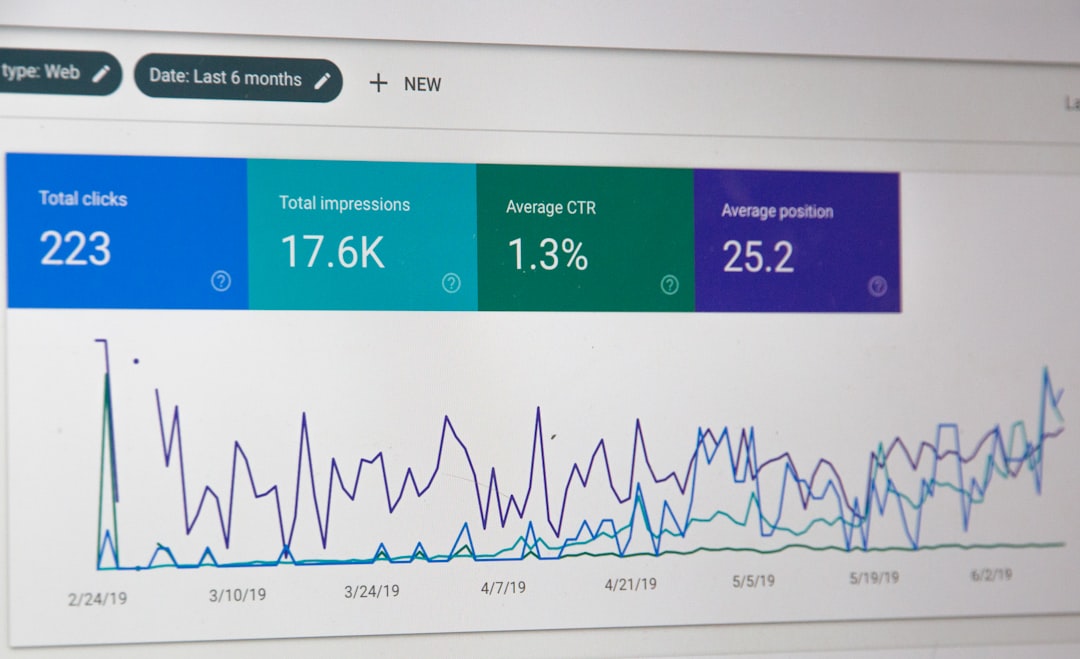The current era can be easily defined as a generation that lives on the mountain of data. Tons and tons of datas are generated ever day, and these datas include a wide range of information starting from basic name details to everything right from driving, running to even sleeping. Corporates and Organisation do obtain so much data from our day to day life to study human behaviour. But these datas are not just limited to humans behaviour. In fact compared to its applications in human behaviour when data science is applied in industrial operations and behaviour it plays a major scope in progress rate and developments. During such application there is one interesting data behaviour which every one should know about.
In today’s exploration, let’s learn about the intriguing concept of anomaly detection—an essential aspect of Industry 4.0, with profound implications for operators, dispatchers, and maintenance teams. Anomaly detection is the art of identifying deviations from the norm in technological processes. These deviations often serve as early warnings of potential failures or irregularities. While the term “anomalies” may sound vague, their significance is crystal clear to those in charge of ensuring smooth operations.
Save yourself sometime.
If you are really interested in learning about this Anomaly concept in depth I recommend you to check the source video that led me to write this article by clicking here which has been neatly explained by Prof. Konrad Wojdan.
Anomalies: Puzzling Patterns in the Data
Anomalies can manifest in various forms, leaving operators at crossroads. They might indicate positive changes, like when an optimisation process boosts efficiency as well as helps in cutting costs. However, anomalies can also signify trouble, such as increased vibrations or rising temperatures, potentially hinting at an impending failure. This is where failure detection and prediction come into play, integral components of predictive maintenance strategies. If we focus on scenarios where we’re not seeking a specific failure but rather broad deviations from the norm.
The Essence of Anomaly Detection
Now that we already know anomaly detection is the process of identifying unexpected elements or events within a dataset that stand out from the crowd. Anomalies typically fall into three categories:
- Point Anomalies: These anomalies are the outliers in the data, the data points that significantly differ from the rest. Imagine a sensor that occasionally delivers readings far removed from the norm. It’s a clear indicator, often attributed to sensor malfunctions or calibration discrepancies.
- Contextual Anomalies: Context matters greatly when detecting these anomalies. While some data points may appear reasonable within predefined limits, examining their surroundings reveals inconsistency. Think of this as considering the broader picture. In time series data, contextual anomalies are identified by comparing values against their neighbours. What might seem reasonable within a narrow context may appear anomalous when looking at the bigger dataset.
- Collective Anomalies: Unlike point and contextual anomalies, collective anomalies emerge from intricate patterns within the data. These anomalies often defy the conventional, sinusoidal-based patterns. For example, picture a rectangular pattern amidst an otherwise sinusoidal dataset. It’s the odd one out, and thus, we dub it an anomaly. Detecting these anomalies requires considering the entire dataset to discern that this particular data point stands apart from the rest. As you might infer, this category presents the most challenging anomalies to detect. However, rest assured, there are methods designed to tackle this complexity. This refined perspective on anomaly detection empowers industries to proactively manage operations, spot potential issues, and optimize processes for a brighter, more efficient future.

Challenges in Anomaly Detection
Anomaly detection comes with its fair share of challenges. First and foremost, defining what constitutes normal behaviour poses a significant hurdle. It necessitates determining what is considered standard for each parameter—whether it’s the usual temperature of the oil, fluid flow rates under specific conditions, or device loads. Accurately representing normal behaviour for each parameter is no small feat.
Further complicating matters are those various disturbances that affect technological processes, such as measurement-related noise and control system-induced oscillations. These factors muddy the waters when establishing a clear baseline of normalcy (state of being normal).
Moreover, selecting the right parameters to define normal behaviour requires a deep understanding of the underlying processes, the physics at play, and the control systems governing these devices.
Once we’ve established what constitutes normal behaviour, we face the challenge of setting a threshold—a boundary that separates normality from anomaly. Deciding how much deviation warrants labelling an event as an anomaly is not always precise. It’s a judgment call with nuances.
Additionally, industrial processes and devices evolve over time. Factors like servicing, part replacements, changes in fuel properties, external conditions like temperature and humidity, and more, all contribute to these shifts. Consequently, our definition of normal behaviour needs to adapt as the system evolves.
Lastly, there’s the challenge of having access to sufficient training and validation data. In many cases, anomaly detection algorithms must be developed and implemented before the plant or factory is operational. This requires algorithms that can detect anomalies by comparing current measurements with the typical distribution of process parameters, even without historical data.
Distribution-Based Anomaly Detection Methods
In the realm of anomaly detection, distribution-based methods offer a robust approach. These methods involve fitting data into various statistical distributions to assess the probability of having a particular parameter value. Here’s a closer look at this approach:
Fitting Distributions: One common practice is fitting data into statistical distributions, such as the normal distribution. However, it’s crucial to verify if the data is following any normal distribution. Dedicated statistical tests are available for this purpose. If the data conforms to a particular distribution, it’s easier to calculate the probability of encountering a specific parameter value.
Multivariate Distribution: While fitting single parameters to distributions is useful, many real-world scenarios involve multiple interdependent parameters. In such cases, multivariate distributions like the multivariate normal distribution come into play. These distributions account for correlations between parameters, making them suitable for complex systems.
Exploring Various Distributions: The toolkit of distributions extends beyond the normal distribution. Poisson, exponential, and other functions may also be useful, depending on the dataset. Selecting the most appropriate distribution requires assessing the data distribution itself.
Mathematical Transformations: Sometimes, data may not align with the desired distribution naturally. In such instances, mathematical transformations can be applied. For positively skewed data, a log transformation may be employed, while negatively skewed data could benefit from an exponential transformation. These adjustments help achieve a better fit to the desired distribution.
Distance-Based Anomaly Detection Methods
Unlike distribution-based methods, distance-based anomaly detection focuses on the spatial relationships between data points. This approach doesn’t rely on fitting data to distributions but rather examines how far a new data point is from historical data:
Distance Metrics: To assess the similarity between data points, various distance metrics come into play. These metrics measure the distance between the new data point and historical data points, often in a multi-dimensional space. Common distance measures include Euclidean distance and Mahalanobis distance.
Clustering Algorithms – K-Means: Clustering algorithms like K-means are instrumental in distance-based anomaly detection. These algorithms group similar data points together, forming clusters. The goal is to identify whether a new data point belongs to an existing cluster or stands out as an anomaly.
Density-Based Anomaly Detection
Density-based anomaly detection takes into account both distance and the density of data points. The assumption is that points close to each other form clusters, and anomalies deviate from this pattern. To establish boundaries for clusters, distance measures or percentile distances are often used. This helps classify new data points as normal or anomalies based on their distance from cluster centers.
In summary, distribution-based methods involve fitting data to statistical distributions to calculate the probability of anomalies. Multivariate distributions and mathematical transformations expand the applicability of this method. On the other hand, distance-based methods, including clustering algorithms like K-means, assess the distance between data points and consider the density of clusters to detect anomalies. These diverse approaches play a vital role in ensuring the robustness of anomaly detection systems in various industrial applications.
Conclusion
So, to conclude, we have to recognise the intricate complexity that anomaly detection weaves within Industry 4.0. This multifaceted discipline harnesses statistical insights and spatial relationships to safeguard industrial processes, fostering efficiency, minimizing downtime, and ensuring the highest standards of quality and safety. Armed with distribution-based and distance-based methodologies, industries are composed enough to navigate the complexities of modern manufacturing, ensuring that every anomaly, whether conspicuous or subtle, is met with swift and informed action. Through this article, we have glimpsed into the heart of anomaly detection, where data, statistics, and algorithms converge to safeguard the future of industry.
Credit and Source:
Thanks to Prof. Konrad Wojdan for allowing me to use it and please checkout his other videos on his youtube channel for learning more interesting concepts and explanations in Data Science. You can also follow him on Linkedin to keep up with his regular updates. He has an impressive experience and great knowledge in the Data science industry that we all look for in mentors.









The content was good but that’s a long article. Should have added some illustrations instead of stock images.
Thank you. I really thought about adding some illustration from the video. Then I have to add for every section and that would increase its length I felt. Please do check out the video linked for explanations with illustrations.